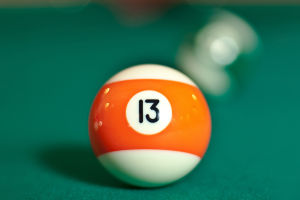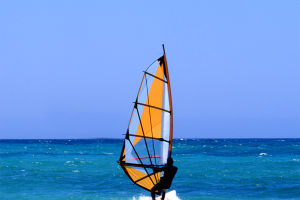Swimming with fins is a common training tool for many swimming enthusiasts and professional athletes.
Fins can provide significant benefits, such as improved speed and leg strength, but they also come with several potential drawbacks that should not be overlooked.
Understanding these drawbacks is crucial for swimmers to optimize their training and avoid possible negative impacts on their performance and health.
Dependency Issues
Fins can significantly increase swimming speed, allowing swimmers to experience the thrill of moving swiftly through the water in a short period. However, this rapid boost in speed can lead to dependency.
Swimmers may become overly reliant on fins, feeling uncomfortable and experiencing a notable decrease in speed and technique when swimming without them. This dependency can affect a swimmer's confidence, as they may struggle to perform at their best during competitions where fins are not permitted.
Technological Transformation
Swimming with fins alters a swimmer's kicking posture and swimming technique. The extra propulsion provided by fins can lead swimmers to develop incorrect kicking habits and neglect proper leg movement. Over time, these technical deformations may become ingrained, making them difficult to correct.
This can hinder the overall improvement of swimming technique and efficiency. For instance, swimmers may become accustomed to a wider and more forceful kick with fins, which may not translate well to finless swimming, where a more streamlined and controlled kick is often required.
Muscle Imbalance
Fins can help strengthen specific leg muscles, particularly those in the calves and ankles. However, this reinforcement is selective. While the leg muscles get more work when using fins, other important muscle groups, such as the core and upper body muscles, may receive less attention.
This muscle imbalance can lead to decreased coordination and an increased risk of sports injuries. A well-balanced workout routine that targets all muscle groups is essential to prevent these issues and ensure overall physical development.
Foot Discomfort
Extended use of fins can cause foot discomfort, including pain in the toes, ankles, and insteps. The material and design of fins are not always suitable for everyone's foot shape, and prolonged use can lead to friction and pressure, resulting in blisters, damaged toenails, and other issues.
Additionally, the tightness of the fins can restrict blood circulation in the feet, causing numbness and discomfort. Swimmers should ensure that their fins fit properly and take breaks to prevent these problems.
Poor Adaptability
In natural waters, factors such as current flow and water temperature can significantly impact a swimmer's performance. When using fins, swimmers may not fully feel these environmental changes, which can affect their ability to adapt to different conditions.
For example, in fast currents, fins may increase drag and reduce a swimmer's control and stability. This lack of adaptability can be problematic in open-water swimming, where environmental conditions are constantly changing.
Potential Risk of Injury
While fins provide extra propulsion, they can also increase the risk of injury. Overuse of fins can place additional pressure on the ankle and knee joints, leading to muscle and joint fatigue and even injury.
The rapid propulsion generated by fins can also cause a swimmer to lose balance in the water, increasing the likelihood of accidental injuries. Swimmers should use fins judiciously and incorporate exercises that strengthen the muscles and joints used in swimming to mitigate these risks.
While swimming with fins can enhance speed and leg strength, it is essential to be aware of the potential drawbacks. By choosing appropriate fins and using them judiciously, swimmers can enjoy the benefits of fins while mitigating their disadvantages.
Proper use of fins will not only help improve swimming skills but also ensure physical health and training results, allowing swimmers to achieve their full potential in the water.


